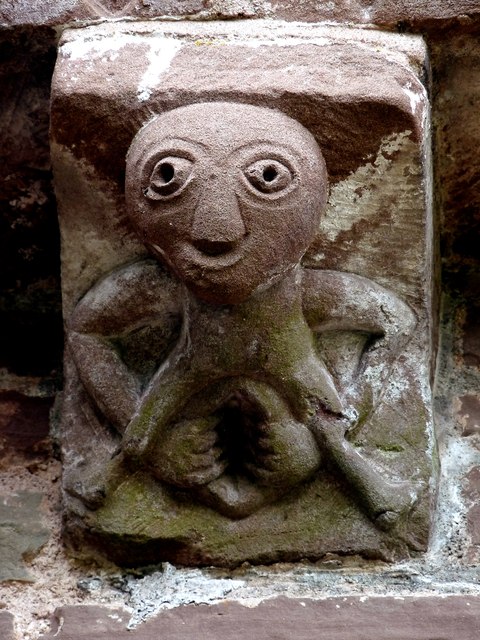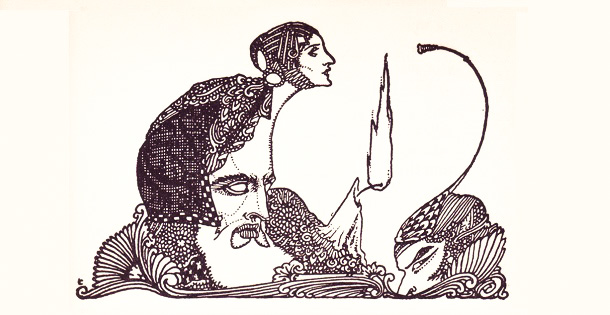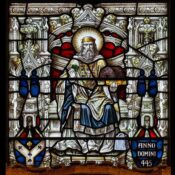The day after Saint Patrick’s Day is sure to be filled with headaches and nausea for those — Irish or not — who choose to celebrate. But it doesn’t have to be! The party can continue on through March 18th if you’re inclined to observe Sheelah’s Day, the other Saint Patrick’s Day.
The obscure holiday honors Sheelah, Saint Patrick’s wife. That’s right, the fifth-century bishop had a missus. Maybe.
Shane Lehane, of the Department of Folklore and Ethnology at University College Cork in Ireland, has researched the matter thoroughly, and he uncovered documents from the 18th and 19th centuries that depict a widespread belief in Saint Patrick’s significant other as well as a day to honor her.
One such account is John Carr’s 1806 book, A Stranger in Ireland: “From a spirit of gallantry, these merry devotees continue drunk the greater part of the next day, viz., the 18th of March, all in honour of Sheelagh, St. Patrick’s wife.” References to Sheelah’s Day can also be found in issues of the Freeman’s Journal from 1785, 1811, and 1841.
“What I think is very interesting is that people in Ireland in the past had no problem whatsoever accepting that Patrick had a wife,” Lehane said. “Sheelah and Patrick, at one time, came to represent the ubiquitous Irish couple. Paddy and Sheelah became a byword for all Irish people. Sheelah has largely been forgotten altogether except in

Newfoundland, Canada and Australia. Irish people headed over to Newfoundland from the late 1600s. And they brought over with them this tradition of Sheelah and Sheelah’s Day. There is a sense that the women were more involved in the celebrations on the 18th.”
Newfoundlanders, and other Atlantic Canadians, even have a term for a snowfall after Saint Patrick’s Day: Sheelah’s Brush.
Sheelah was never mentioned in Saint Patrick’s Confessio, however. Her legacy may instead stem from Sheela-na-gig, a common female image found in Ireland’s medieval churches and castles. Sheela-na-gigs remain a source of mystery. The crude carvings feature women presenting oversized genitalia. Academics have speculated that they could have originated in the Stone Age as a goddess of fertility, possibly integrated into Catholic iconography to ease the conversion for pagans. On the other hand, the Sheela-na-gig could represent an evil temptress from a puritanical time.
The precise origin of Sheelah’s Day is likely lost to history. All we know is that people have celebrated it in Ireland and elsewhere. Given the recent focus on gender inequality, it seems a fitting time to revive the celebration. After all, the inaccuracies of Irish history have never dulled the festivities of St. Patrick’s Day.
Become a Saturday Evening Post member and enjoy unlimited access. Subscribe now



